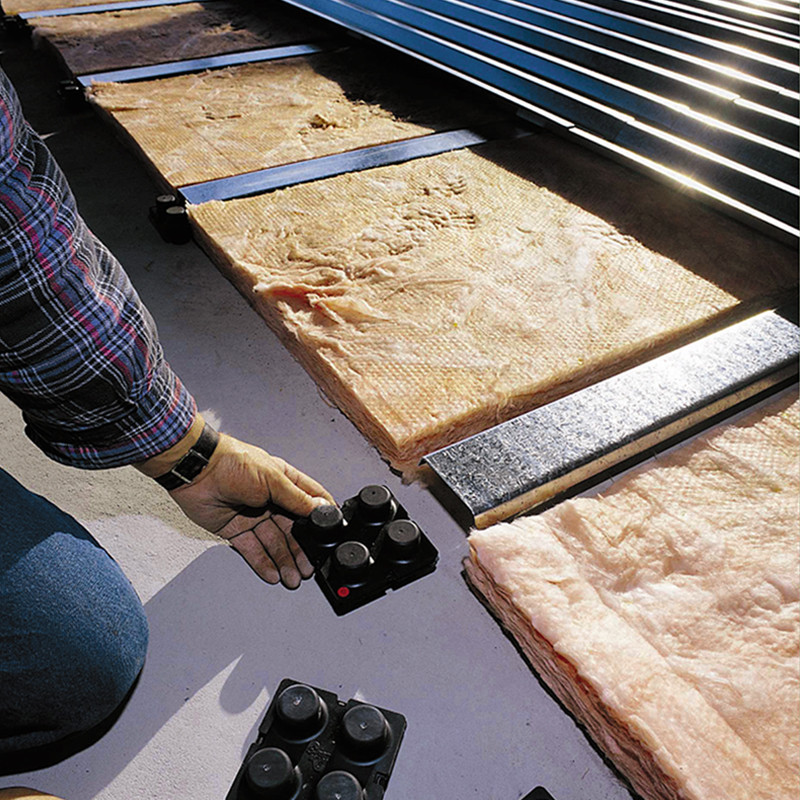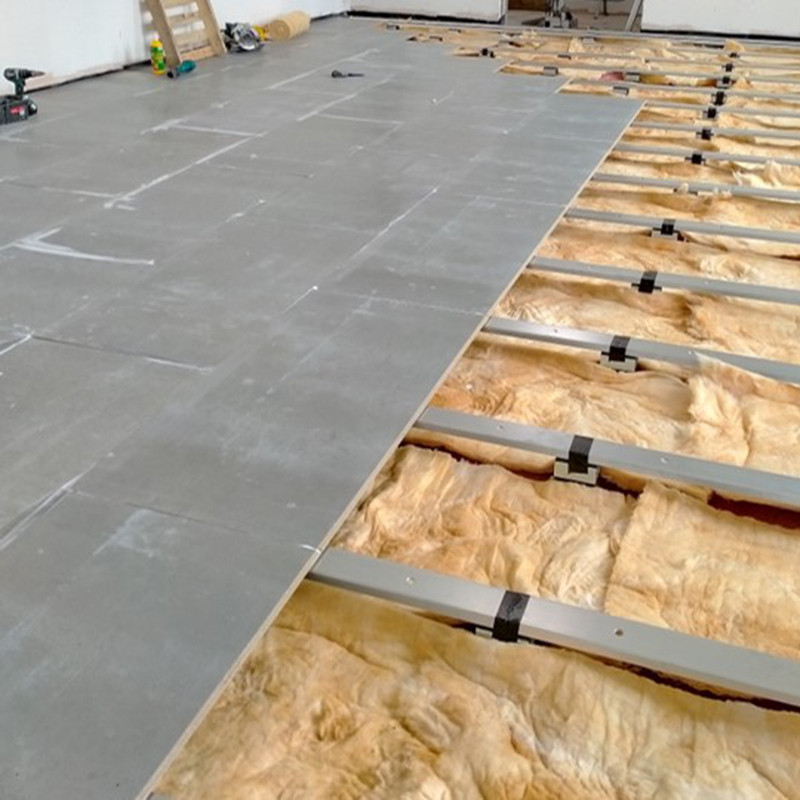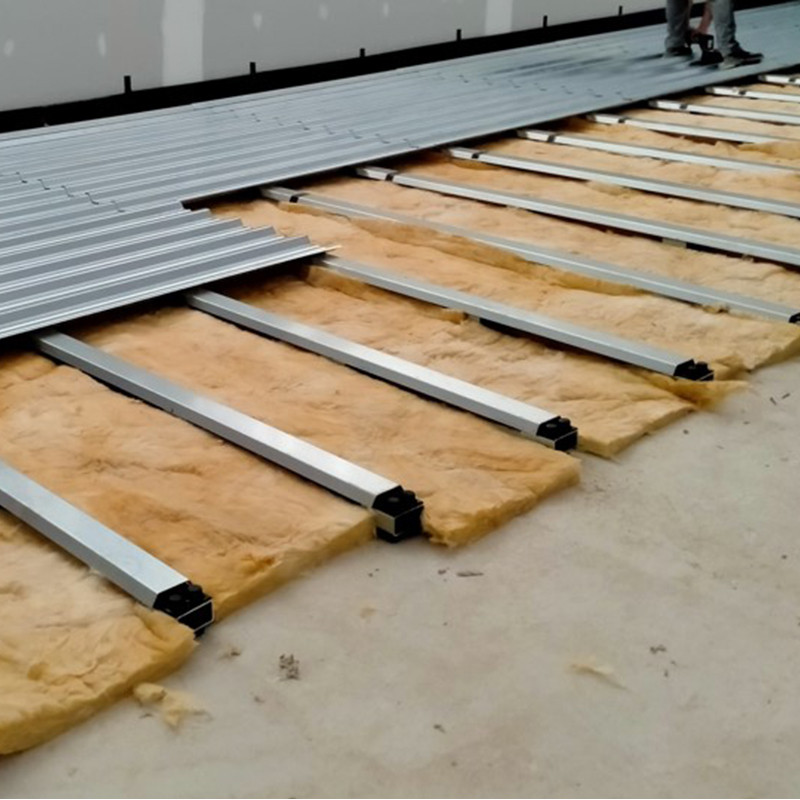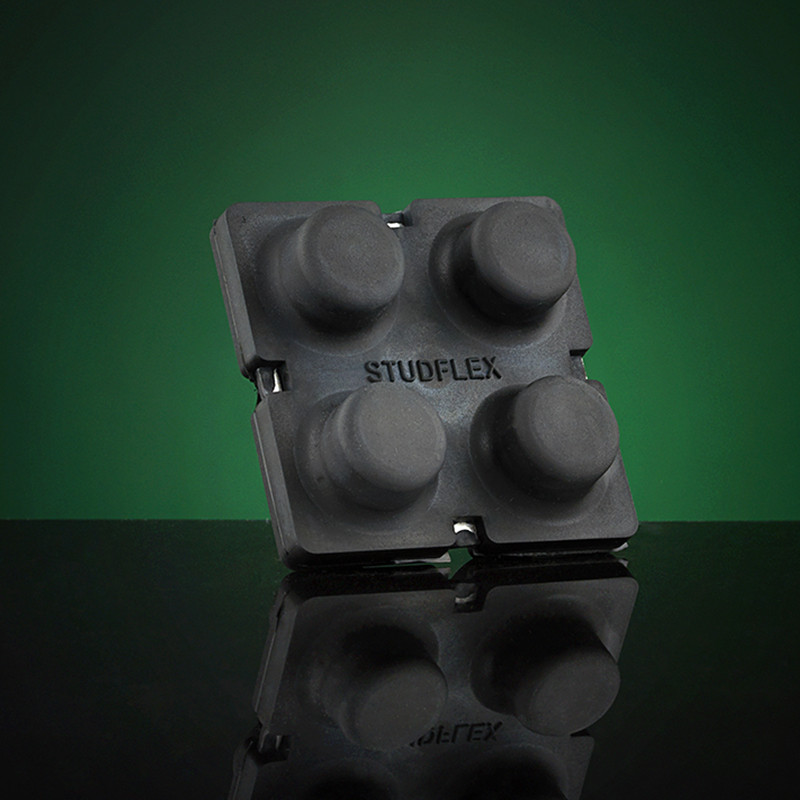Stud Rail Acoustic Floating Floor Type SRS
Manufactured by Christie & Grey Limited
Product Buying Options
Product Description
The principle of supporting two separate masses to significantly improve the standard acoustic mass law performance is well understood. The term “Floating Floor” is a relatively new expression that has gained favour in more recent years but the method of supporting a floor structure on resilient bearings off a structural slab has been applied and developed by Christie & Grey over much of its 100 year history. Examples of this work still in existence date back to the early 1960’s.
The development of structural materials has enabled architects and engineers to make more and more use of lightweight structures in modern building design. This has highlighted the need to consider carefully the noise, shock and vibration transmission loss characteristics of these structures. In particular, for high rise buildings, the proximity of “noisy or high” and “quiet or critical” areas significantly increases the potential for use of acoustic and vibration isolation materials, including floating floors. For example, it might be necessary to isolate a plant room from office accommodation below, reduce external noise such as low flying aircraft penetrating the roof of a building or reducing transmission of footfall impact noise from one apartment to another below.
SRS floating floor systems have been successfully used in applications such as Plant rooms, Offices, Prestigious Apartment Blocks, TV, Radio and Recording Studios, Cinemas, Concert Halls and Audiometry rooms.
Design Features
• Laminated steel and natural rubber elastomer bearings are located beneath rigid steel channels positioned to suit the load distribution arrangement.
• Natural rubber bearings are true elastomers and are applied within their linear stiffness range to achieve the required design performance, low creep and resultant design life.
• Standard design can provide natural frequencies down to 6 Hz.
• Profile permanent steel shuttering keyed to concrete for greater rigidity of floating floor slab.
• All steel is galvanized and elastomer bearings are unaffected by water, vermin or other pests.
• Floor thickness from 100 - 300 mm with imposed loads of up to 20 kN/m2.
• Sound transmission loss is dependent upon concrete thickness and air space. Typically a type SRS floating floor can be designed to provide a loss of at least 20 - 25 dB in excess of that provided by a single concrete slab construction.
• Under the design condition, the life of a SRS floating floor system will be at least the life of the building.










